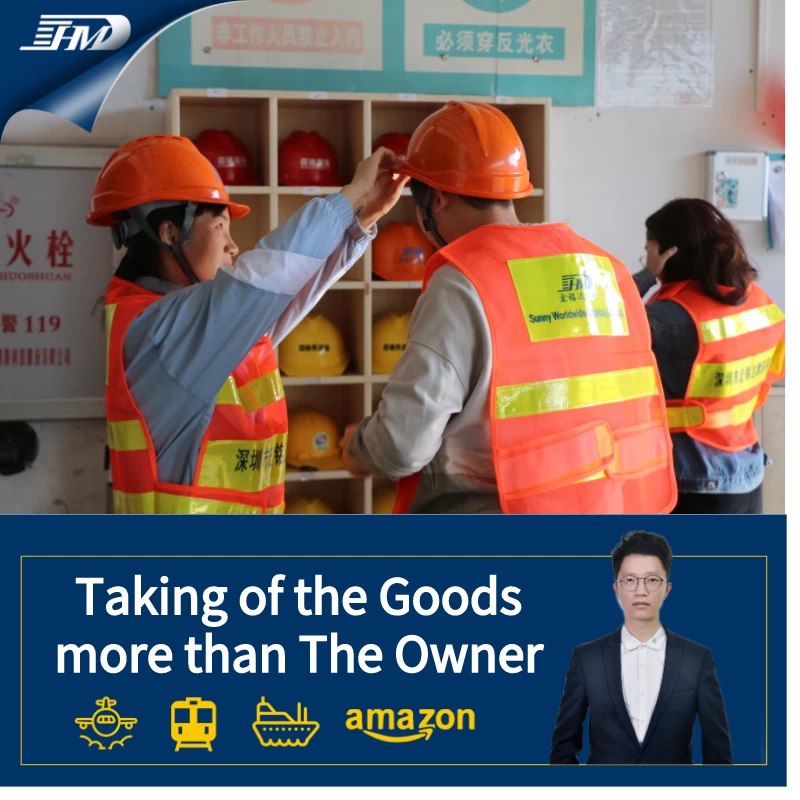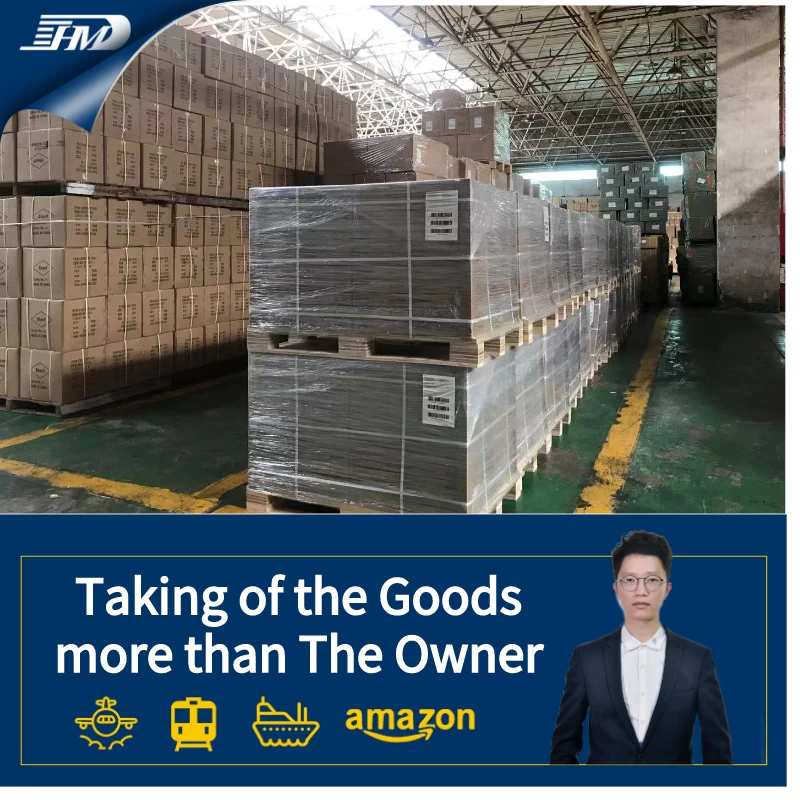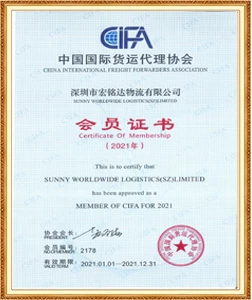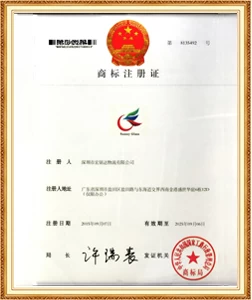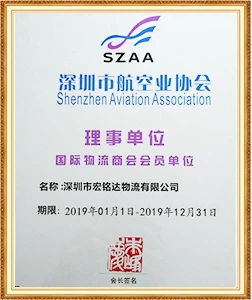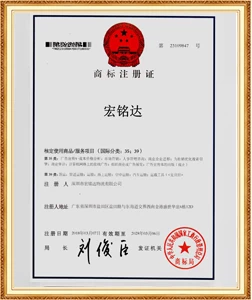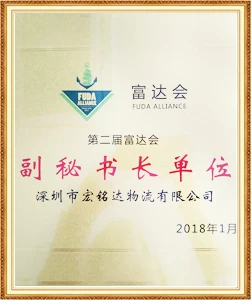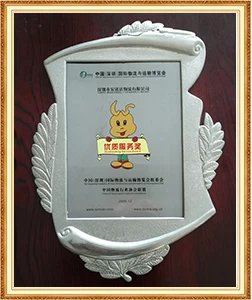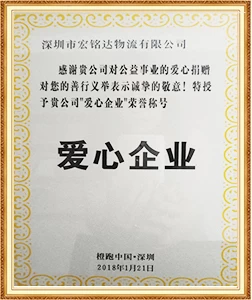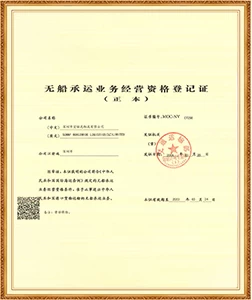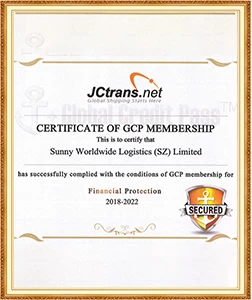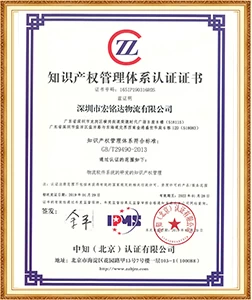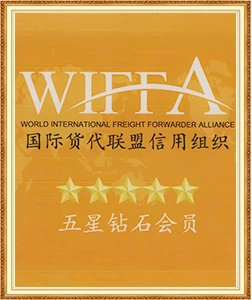After profits soared by 300%, American customers collectively stopped orders
Sunny Worldwide LogisticsIt is a logistics company with more than 20 years of transportation experience, focusing on markets such as Europe, America, Canada, Australia, Southeast Asia, etc., and is more than the owner of the cargo owner.
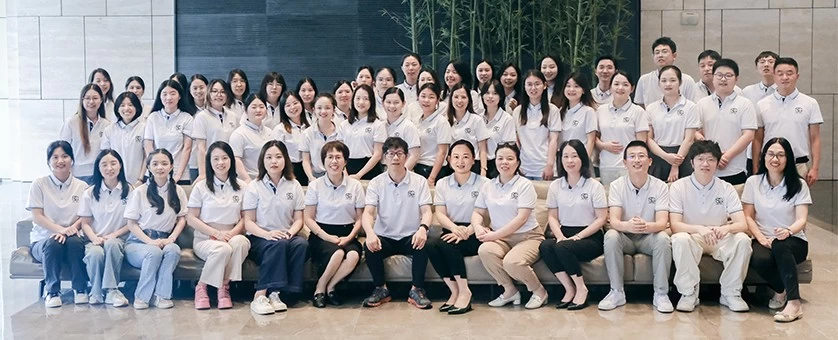
After the profit soared by 300%, Vietnamese clothing factories are now facing the embarrassing situation of collective order suspension for American customers.
The pending U.S. tariffs on reciprocity have made Vietnam's textile, footwear and clothing industry like a runner stuck in his throat - sprinting and looking back. The 90-day delayed buffer period brings short-term dividends: orders return and profits soar; but it also poses hidden worries: price negotiations are stuck and customers turn to orders and wait and see.
The high growth at this moment is more like an overdraft. Whether companies can cross the storm in the second half of the year depends on how they bet in "uncertainty".
According to a reporter from Pioneer News, Li Jinxiang, chairman of the board of directors of Vietnam's National Textile and Garment Group (Vinatex), said: The combined revenue exceeded 900 billion VND in the first half of the year, an increase of 8% year-on-year, and profits nearly doubled.
Thành Công and Sông Hồng In order to deliver the goods before July 5, the profits soared by 200% to 300%.
This prosperity comes from the "pre-realization" of enterprises' compression of production cycles and overdrawing of production capacity. He also emphasized that although his performance at the beginning of the year was impressive, he could not predict optimistically in the second half of the year based on this.
The industry generally only accepts orders that "just do enough". The production schedule in July and September is cut into multiple observation windows: first produce, then negotiate price, and stop at any time. No one wants to bet on all the chips before the final tax rate is implemented.
At the same time, the problem of weak domestic supporting facilities has been magnified - more than 60% of fabrics rely on China, the risk of "circuit breakage in the place of origin" is hidden, and high profits are actually on the basis of fragility.
The real test is after October. If the US tariffs only increase by 15% to 20%, it is still affordable; once the red line is broken, foreign capital may relocate factories, orders may move southward to Bangladesh or even return to China.
General manager of Hòa Thọ, Nguyen Yuping, pointed out that during the 90-day tariff buffer period in the United States, the company has been adjusting to meet new customer requirements.
Regarding orders after July 10, he admitted that orders from the United States in August and beyond in the past month have slowed down significantly, and some customers have even suspended orders. The main reason is that customers need to re-evaluate procurement, inventory, consumption and the impact of new tariff policies.
Some customers have cut order volume, or have significantly lowered prices, even covering the CM and FOB models. Some customers turn their orders to Bangladesh or stay in China. But some orders were also transferred from China to Hòa Thọ, focusing on delivery in June and July. Currently, the company's US orders have been significantly reduced after August.
"As for the European and Japanese markets, the current order level is comparable to that at the end of 2024. The special factories we set up for these two markets have received full orders, and the business team is increasing the development of these two markets, not only maintaining old customers but also looking for new customers," he said.
Ruan Xionggui, general manager of Southern Textile Company (VSC), said that VSC has received orders until the end of August and has expanded into the European and British markets. The proportion of orders in these regions has increased significantly in the second half of the year.
"Although some customers have proposed price cuts, VSC does not intend to reduce prices immediately for the time being, and further market signals need to be observed." He believes that if the tariff increases between 15% and 20%, it is still affordable for Vietnam. In addition, he suggested that the certification system for origin needs to be more transparent, especially orders involving Chinese raw materials.
Du Yuxing, director of Vietnam's Commerce Office in the United States, pointed out that the United States is still an important export market for Vietnam's clothing and footwear. The clothing and footwear industry relies on heavy asset investment, heavy machinery and labor-intensiveness, and it takes time to establish a complete supply chain.
Although the United States intends to revive local manufacturing through tariffs, it is necessary to produce a complete set of raw materials supporting industries to produce a complete set of raw materials in the local area, which is extremely challenging at this stage. In contrast, textiles such as T-shirts and socks still have more cost advantages in other countries.
After all, the prosperity of Vietnam's textile industry is more like a brief overdraft than sustainable growth. Behind the high growth of Vietnam's textile industry is a huge crisis. Behind the orders and profits are overdrawn capacity and the vulnerability of relying on external markets.






